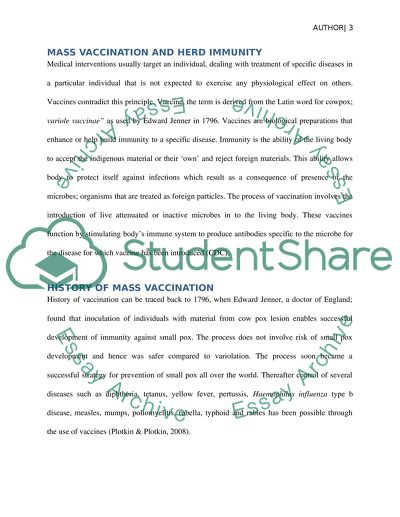Cite this document
(“Microbial Behaviour: Herd Immunity Essay Example | Topics and Well Written Essays - 3250 words”, n.d.)
Retrieved de https://studentshare.org/biology/1392002-herd-immunity
Retrieved de https://studentshare.org/biology/1392002-herd-immunity
(Microbial Behaviour: Herd Immunity Essay Example | Topics and Well Written Essays - 3250 Words)
https://studentshare.org/biology/1392002-herd-immunity.
https://studentshare.org/biology/1392002-herd-immunity.
“Microbial Behaviour: Herd Immunity Essay Example | Topics and Well Written Essays - 3250 Words”, n.d. https://studentshare.org/biology/1392002-herd-immunity.


